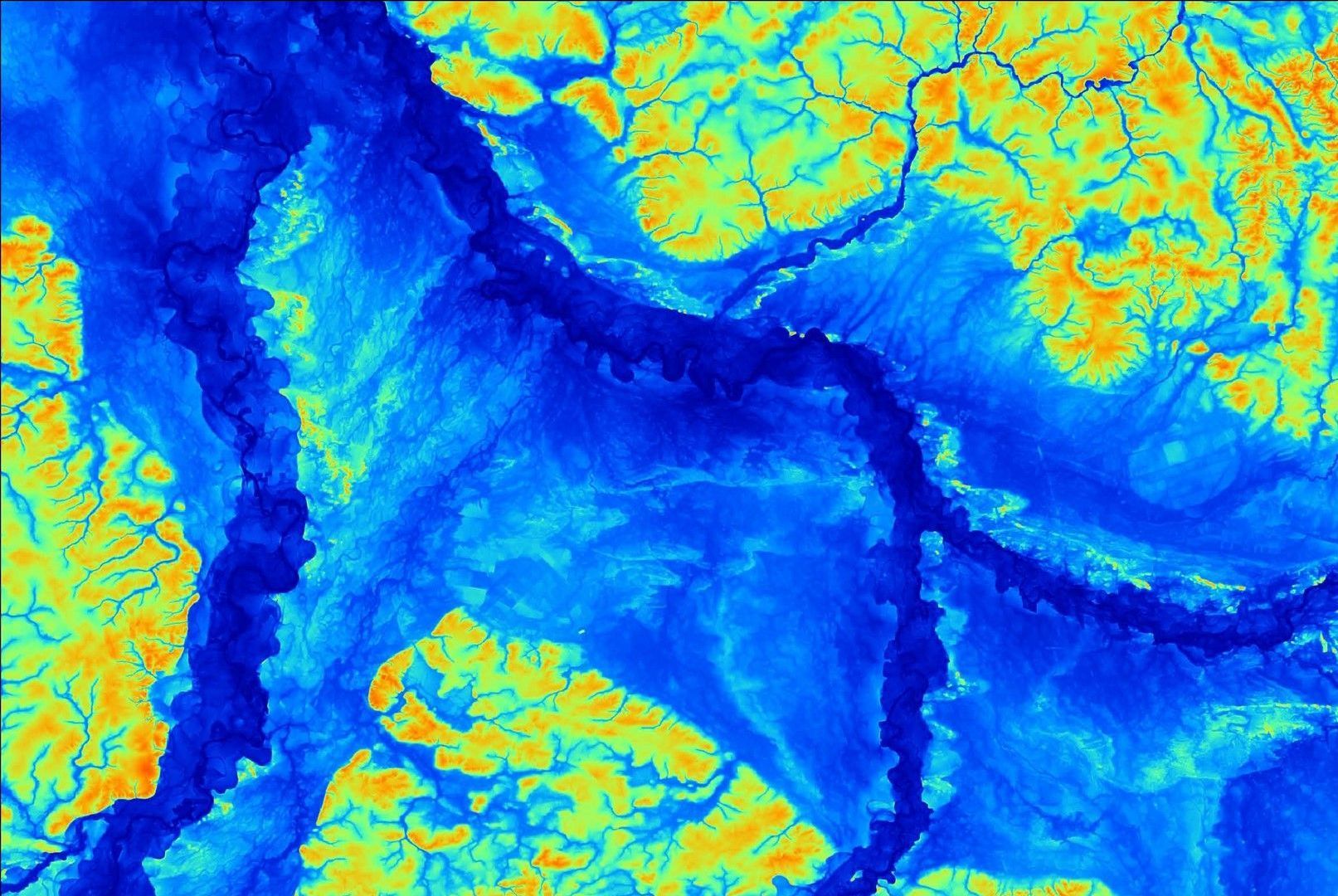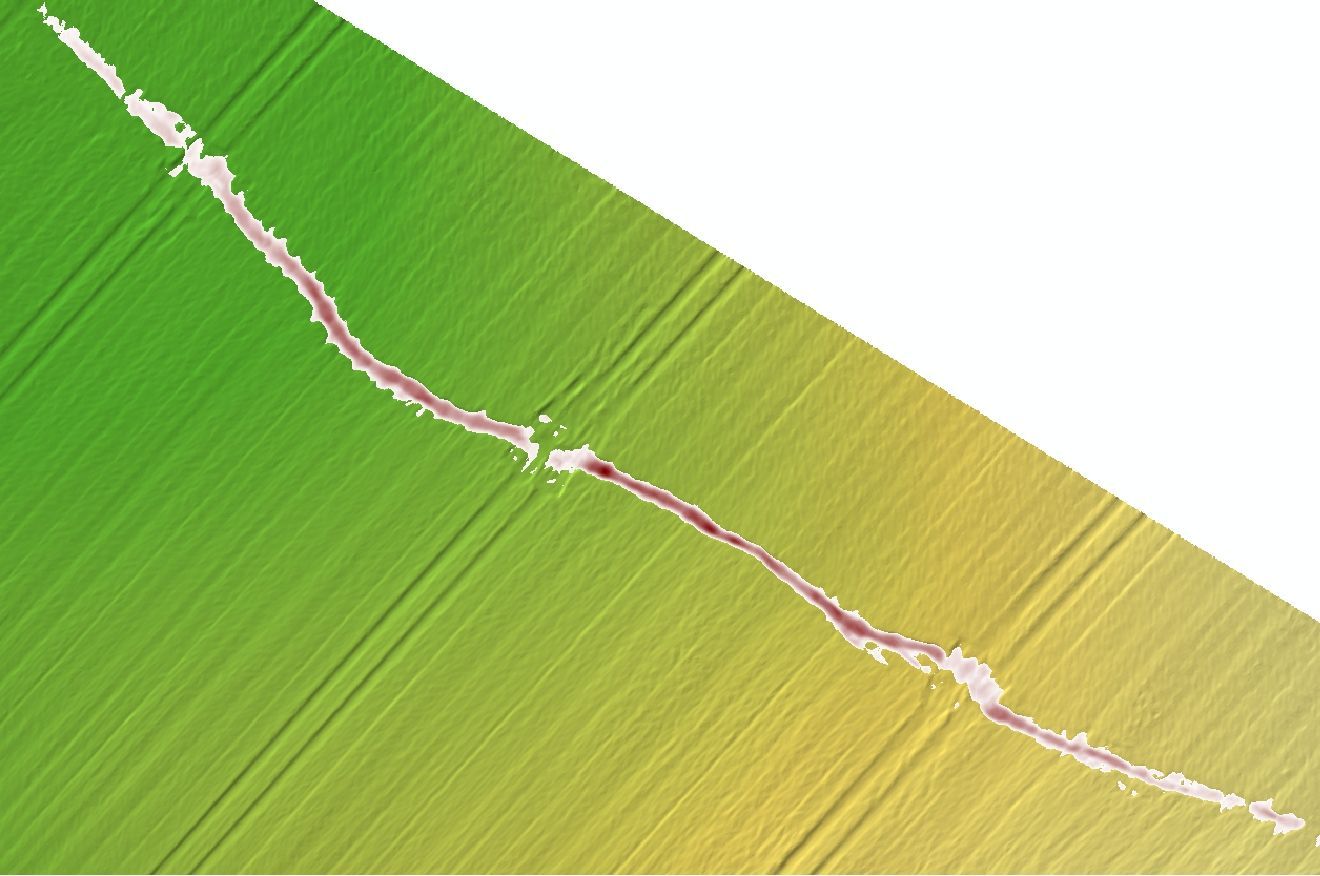products
Examples of current products from scilands GmbH
Our range of products, methods and services is broad. You will find further information linked in the respective headings. In addition to our classic software portfolio, we also offer courses for beginners and advanced users on how to use SAGA-GIS and QGIS (see below).
Geomorphometric terrain parameters
Terrain analysis based on digital terrain models (DTM) has now become a firm fixture in environmental sciences for the analysis and modelling of spatial data. In soil science, this range of applications has been established in the form of terrain parameters specifically aimed at mapping the distribution of soil characteristics, and the The delimitation of terrain units has developed considerably. The latter now enables the improved and objective recording of soil-scientifically homogeneous areas, while the former can be used to plausibly estimate the distribution of certain soil parameters.
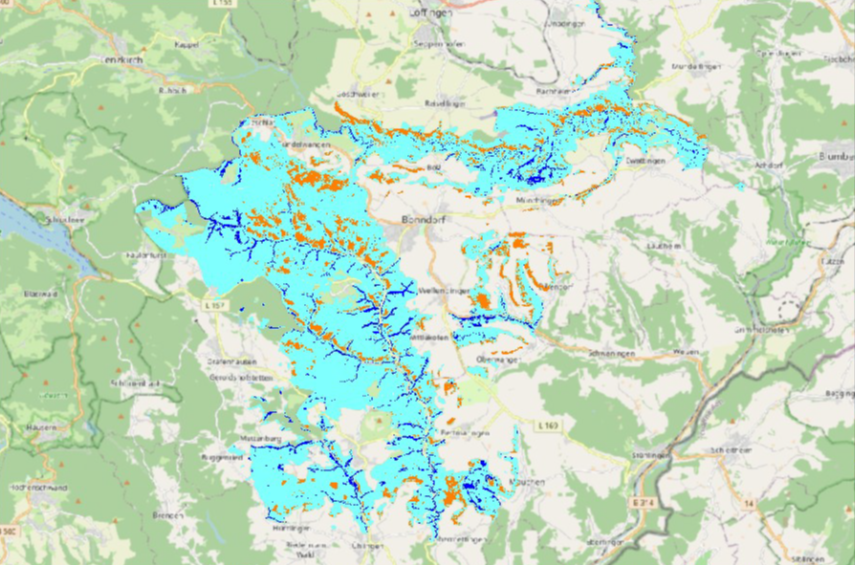
Modeling of terrestrial water balance levels
A solid and realistic model of the water balance based on terrain properties and soil analyses is of essential importance for the scientific and economic assessment of site quality in forestry. In light of climate change, estimating the average water supply available to plants is becoming even more important. The regionalization of point data on large and inhomogeneous areas is therefore carried out on the basis of GIS and statistical methods, with which the terrestrial water balance levels of forest site mapping are modeled and cartographically represented.
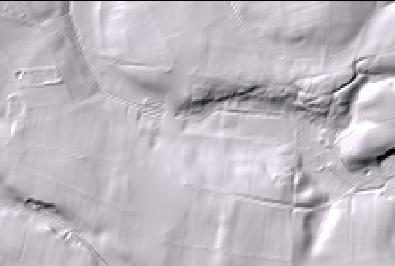
Creation and optimization of digital elevation models (DEM)
Digital terrain models (DTM) of the real terrain heights and surface models (DOM) including all objects above the earth's surface are now indispensable for the spatially explicit modeling of processes and parameters. scilands GmbH creates raster elevation models from elevation points or processes existing rasters for further processing. Classic applications include the preparation and supplementation of the DGM1, height correction for water or arable land with vegetation, resampling of the grid widths, the elimination of anthropogenic terrain forms, the processing of radar terrain models with integrative use of X- and C-band SAR data, etc.
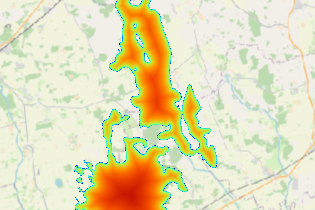
Modelling of peatland distribution and depth
The three-dimensional modeling of the distribution and thickness of carbon-rich soils and moors places high demands on the selection of the right methodology and processing. Different ecological conditions, the development history, the former and current use and a large number of specific parameters, for example with regard to the distance to the groundwater table, must be included in the workflow. scilands GmbH has developed procedures to derive moor sizes, shapes and depths from historical and recent area data as well as from soil databases, which are currently used in two federal states.
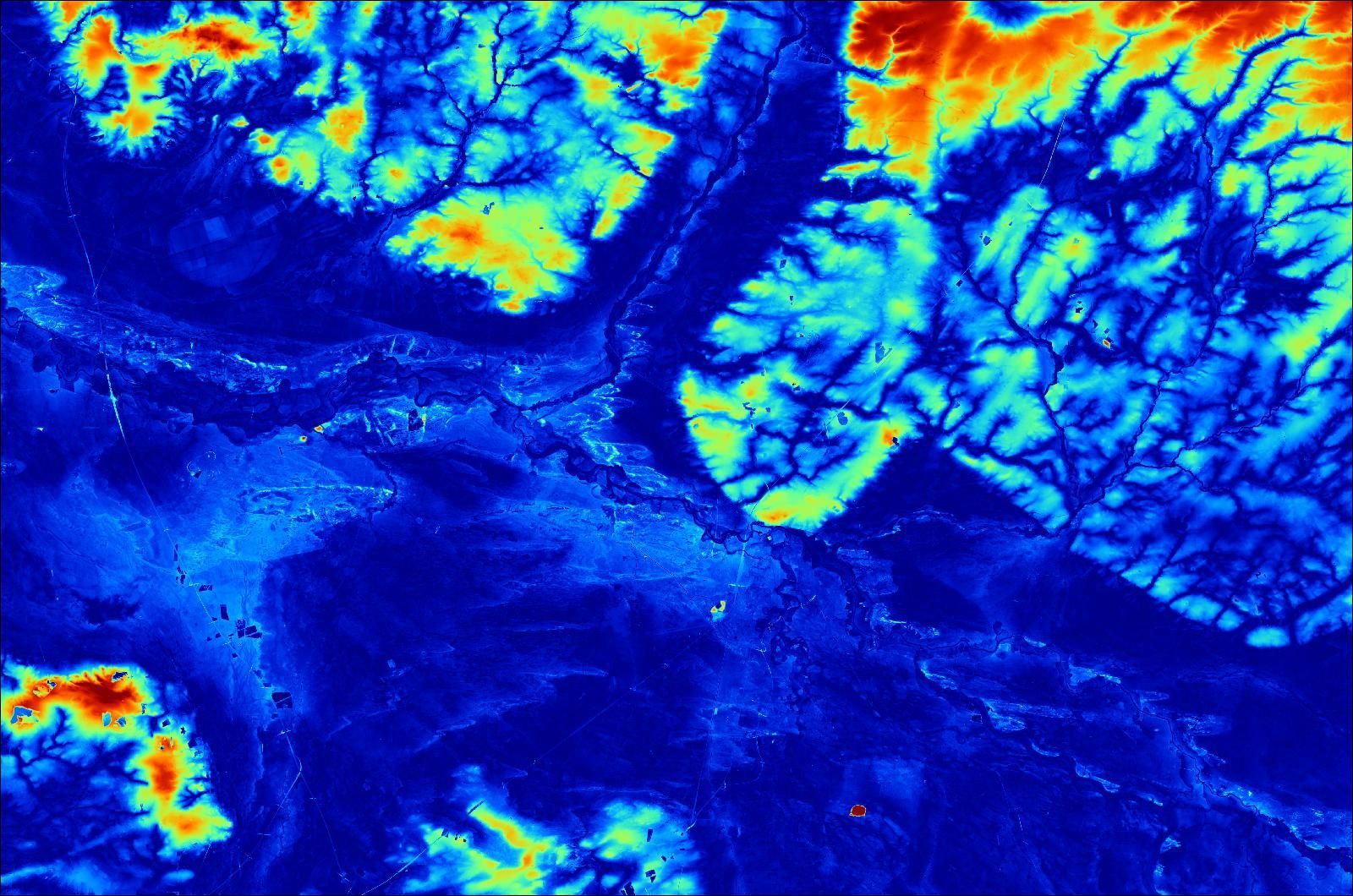
modeling of groundwater levels
The potentially natural maximum and minimum groundwater levels (or groundwater depths) of the uppermost groundwater level can be modelled on the basis of digital terrain models (DTM) and water networks. The modelling is based on loose rocks close to the surface. The influence of tidal range (e.g. on the North Sea coast), barrier rocks (glacial clay) and groundwater dynamics in large floodplains can be incorporated. However, the modelling is not valid in areas with solid rocks close to the surface. The modelled groundwater levels can be incorporated into a variety of other modelling.
Calculation of soil losses due to erosion gullies after heavy rain
scilands GmbH has developed a method for calculating soil loss due to erosion gullies after heavy rain. These erosion events, mostly on arable land, are "harmful soil changes due to soil erosion by water" within the meaning of the Federal Soil Protection and Contaminated Sites Ordinance (BbodSchV). The basis for calculating soil loss is a high-resolution digital terrain model (DTM) with a grid width of approx. 10 cm resolution. The DTM is created using a photogrammetric evaluation of drone aerial photographs taken directly after the erosion event. No before-and-after comparison is therefore necessary.
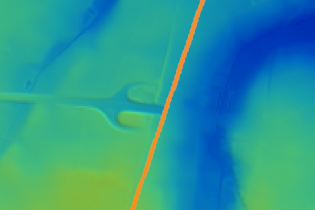
Removal of anthropogenic terrain forms from elevation models
Anthropogenic forms in digital elevation models, such as bridges, dams or road cuttings, represent barriers in the raster model that are not barriers in reality. This is because only the height value of the highest object, such as the motorway in our representation, is taken into account in the DGM; the free flow under the bridge cannot be represented in the model. The bridge thus represents a dam that must be opened for the modeling of surface runoff in order to enable realistic modeling of hydrologically and pedologically relevant parameters. Our example shows the section of the Bockenem motorway junction on the A7 in the DGM10.
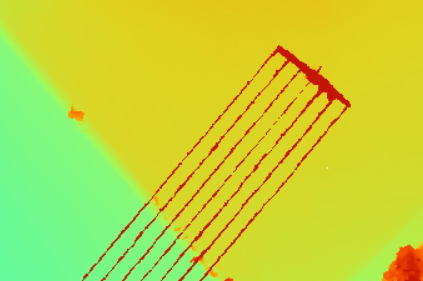
Removal of overhead lines from surface models
High-resolution, aerial image-based surface models today achieve such a high spatial resolution that even overhead power lines are visible in them. This results in a serious problem: In the logic of the grid model, the power lines do not hang freely in the air, but form the highest point of narrow ridges. These artifacts run through the landscape like walls where, for example, the flow of water is interrupted. The algorithm developed by Scilands GmbH can reliably remove these unwanted obstacles across the entire area. An absolute necessity for precise ecological modeling and landscape planning.
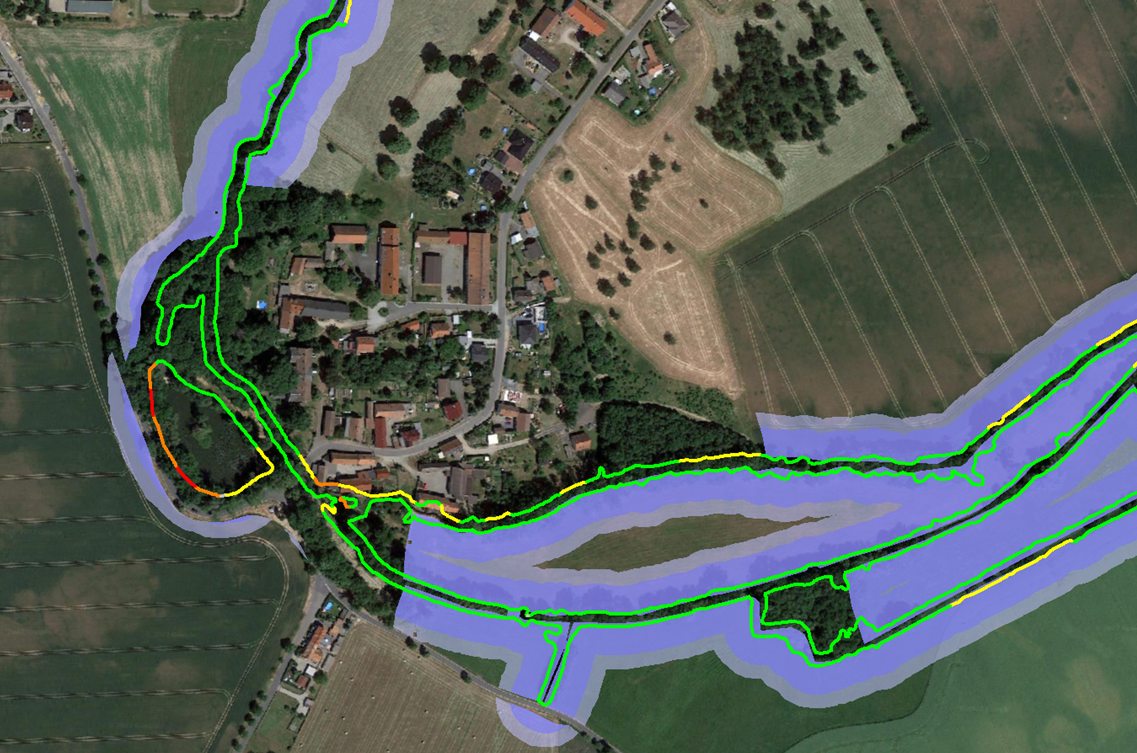
Recording of slope tops and waterside strips
The new regulation of the Water Resources Act and the provisions of the Fertilizer Ordinance require the designation of "embankment tops" (BOK) and "water edge strips" and corresponding distance areas with possible impacts on agricultural land. scilands GmbH has developed process chains for the automated derivation of these reference lines from digital elevation models. These are objective, reproducible and have a high degree of accuracy. A particular challenge, however, is the exact location of the water bodies, which are often not available in the available geodata of the states with the accuracy of the DGM1; these can also be created.

Creation and optimization of river geometries
Thanks to laser technology, digital elevation models are now available with very high spatial resolutions in the meter or even centimeter range. However, the spatial accuracy of the available digital river networks has not developed to the same extent; there are sometimes major differences between geodata layers. This results in problems, for example, in the derivation of slope tops. scilands GmbH has therefore developed a process that generates exact river replacement geometries based on high-resolution elevation models and existing water body data.
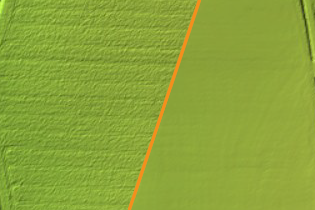
Filtering of vegetation signals on arable land
The growth of crops on arable land is noticeable through strong noise in the surface models. In addition, the vegetation forms the virtual surface; for example, in the case of a corn field, the difference to the actual terrain surface can be considerable. This leads to problems and misinterpretations when modeling surface-based parameters and processes. The vegetation surface must therefore be removed from the DTM. This process is carried out by lowering the affected height values and then smoothing them. The specific lowering amount is calculated for each field from the "negative symmetric relief energy".
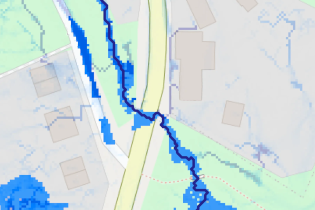
Potential flood areas as a result of heavy rain
Due to climate change, heavy rain events are expected to increase significantly in the coming years and decades, and with them the risk of elementary damage from flooding. These are occurring in areas where this would not have been expected, which often makes the consequences all the more serious. Products for heavy rain risk management are therefore in great demand among insurance companies and municipalities. Scilands can reliably identify depression areas and drainage lines and thus make areas with a high risk potential visible. Unfortunately, this is a very current and important topic.
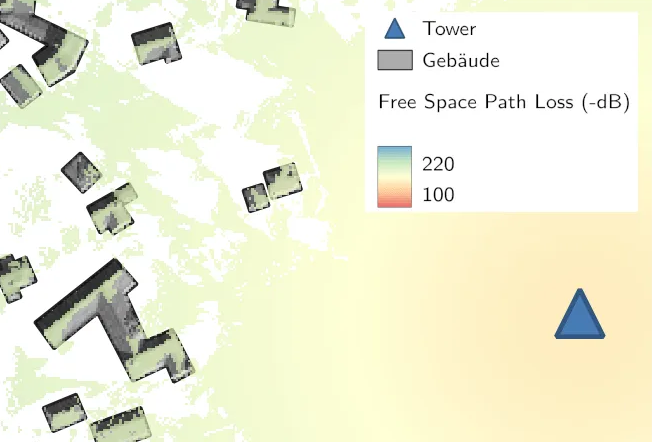
Creation of microwave coverage maps (address quality checker)
Many internet providers use point-to-point radio to connect to remote locations. The quality of the signal depends on a variety of different factors. These include, for example, the height of the masts, the openness of the "line of sight" between transmitter and receiver and, of course, the quality of the installed systems. On the basis of digital surface models and the hardware used by the providers, Scilands calculates the network coverage of radio towers or entire tower ensembles. For example, the quality of the signal, the location of the nearest tower or suitable alternatives and similar information are stored in a database for each house.
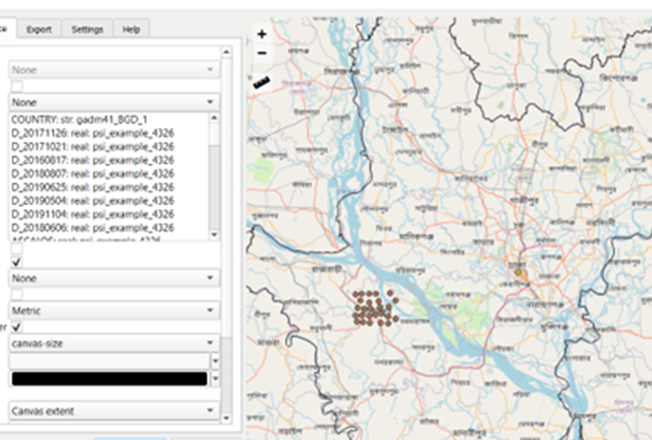
WebGIS programming and hosting
WebGIS applications for displaying, analyzing and managing geodata offer a wide range of possible uses for a variety of purposes. Based on open source applications, scilands GmbH creates intuitive map server applications that are tailored to specific requirements in accordance with the standards of the "Open Geospatial Consortium". External servers can be set up and maintained to store data if required. This allows you to make your data available to a large group of users or to make it available to a small group of users with a password.
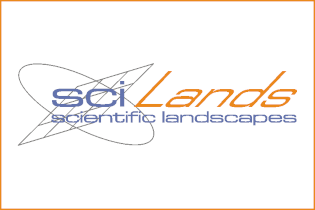
More products...
Other products of scilands GmbH include, for example, the processing of soil maps and data at the state level, such as the creation of so-called ideal profiles, i.e. prototypical soil profiles, for the abstraction of legend units for the creation of small-scale soil maps (in cooperation with
soil mapping Melms) or the provision of database clients for the creation of a geological analysis tool. Basically, anything that can be derived from geodata is conceivable. If you have any questions, please contact us directly. Our broad team will certainly find a solution that takes your ideas and wishes into account.
More projects...
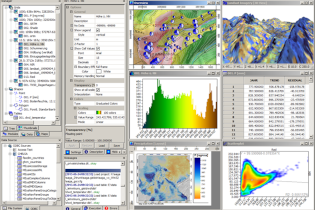
training courses of open source GIS
We offer training courses on freely available computer programs in the field of "geographic information systems", which include high-quality applications such as SAGA-GIS. In keeping with the idea of "open source" for software, we focus on the use of freely accessible geodata, such as the SRTM elevation model or optical satellite images from Landsat and Sentinel-2. All courses include a theoretical introduction to GIS and special topics and, above all, practical exercises. In addition to courses on special topics, we also have beginner courses in our program.

SAGA workshop
Scilands is opening the virtual "SAGA workshop" with developers and experienced users of SAGA-GIS. Every Friday from 12:00 to 13:00 you can access our digital SAGA workshop via our portal. Everyone who is interested in open source GIS is invited, whether a beginner or super user. There is space for questions, projects, ideas and whatever else comes to mind on this topic and what you would like to discuss with the SAGA professionals. Simply use the link below. Registration is not necessary. We look forward to your participation...
Access: https://meet.scilands.de/SAGA-Werkstatt
Basics for illustrations:
Extract from the geodata of the State Office for Geoinformation and Surveying Lower Saxony 2022
(www.lgln.de) *** GEOSN, 2019, License:
dl-de/by-2-0, geodaten.sachsen.de ***
Base maps: © Google Maps (2021), https://maps.google.com and © OpenStreetMap contributors (https://www.openstreetmap.org/). Maps are subject to the Open Database License (ODbL) *** SAGA: (Conrad, O., Bechtel, B., Bock, M., Dietrich, H., Fischer, E., Gerlitz, L., Wehberg, J., Wichmann, V., and Böhner, J. (2015): System for Automated Geoscientific Analyses (SAGA) v. 2.1.4, Geosci. Model Dev., 8, 1991-2007, doi:10.5194/gmd-8-1991-2015)





